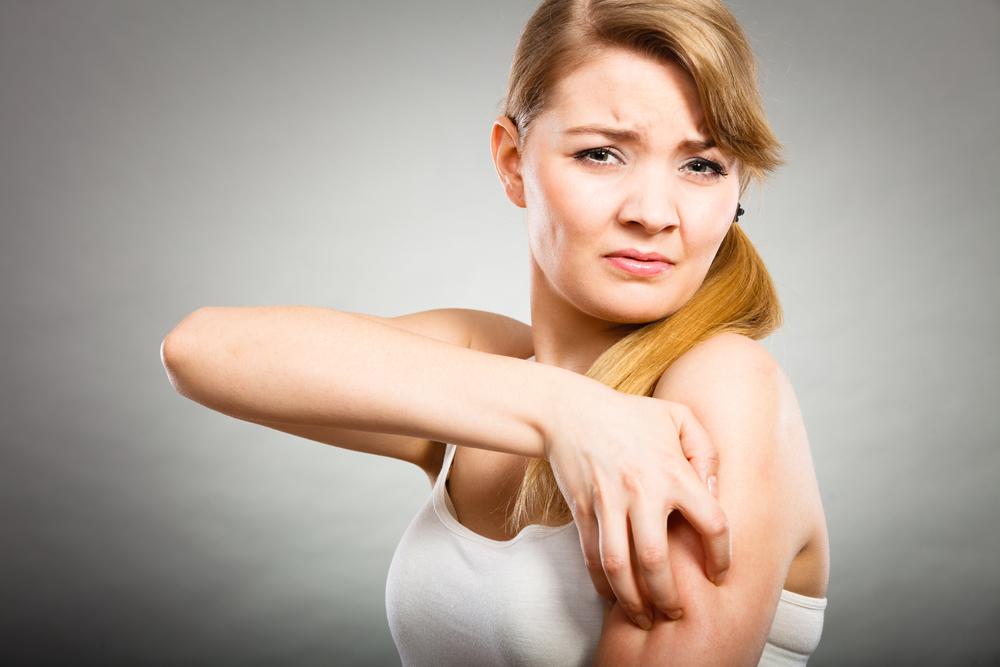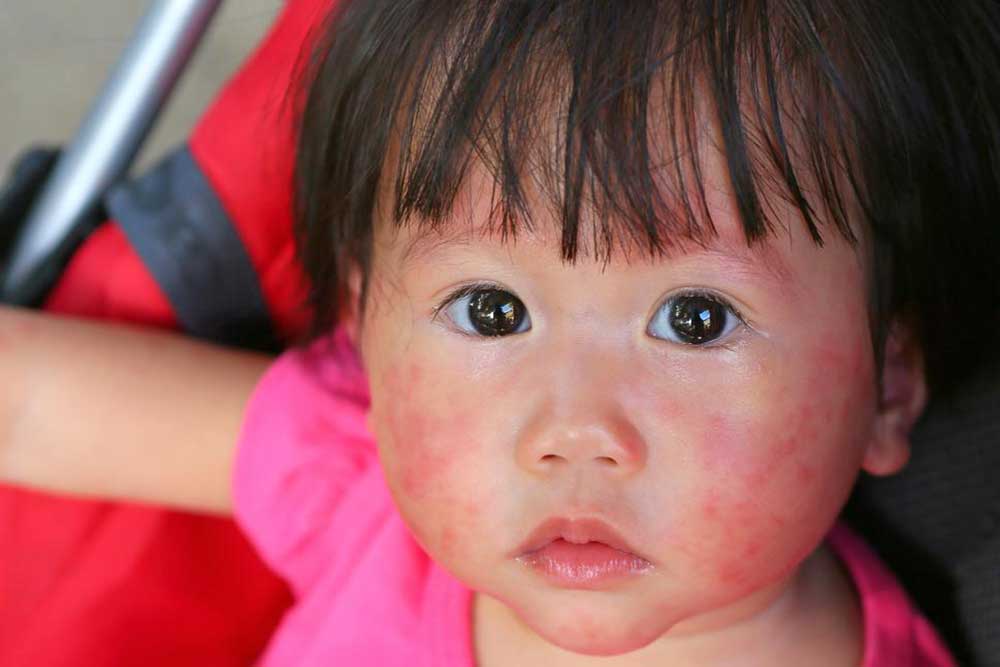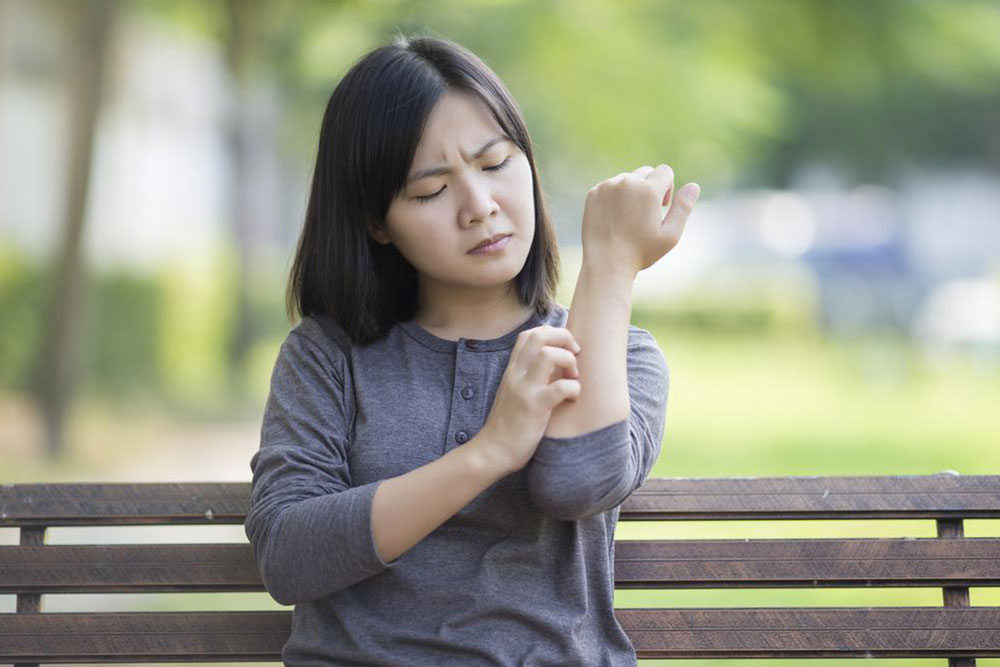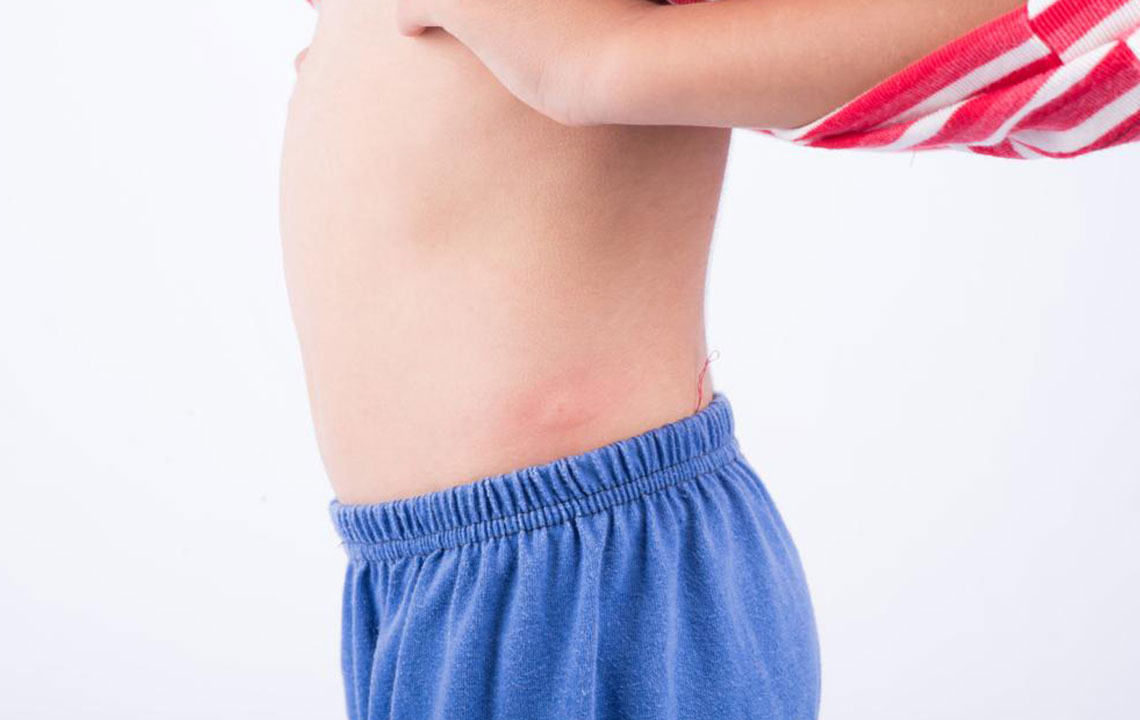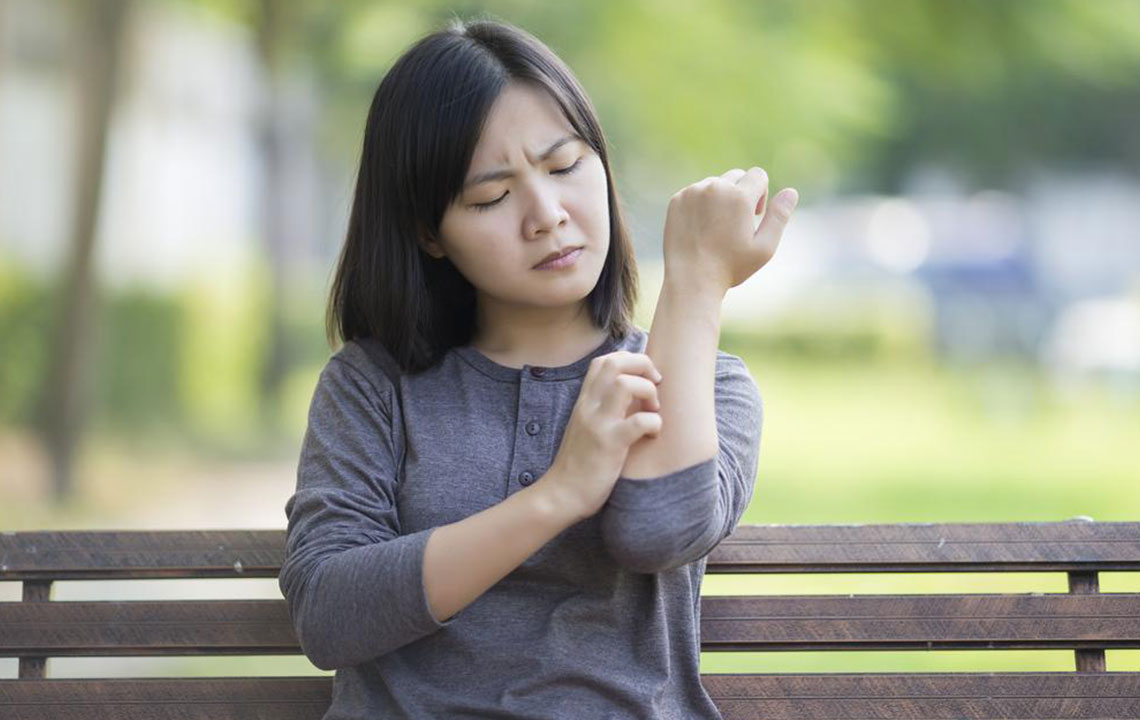Complete Guide to Identifying and Treating Various Skin Rashes Effectively
This comprehensive guide explores various skin rashes, their symptoms, causes, and effective management strategies. It highlights home remedies, when to seek medical advice, and tips for proper skin care to ensure quick recovery. Ideal for anyone seeking to understand different skin conditions and how to treat them effectively, this guide offers valuable insights for maintaining healthy, rash-free skin tailored for all age groups.
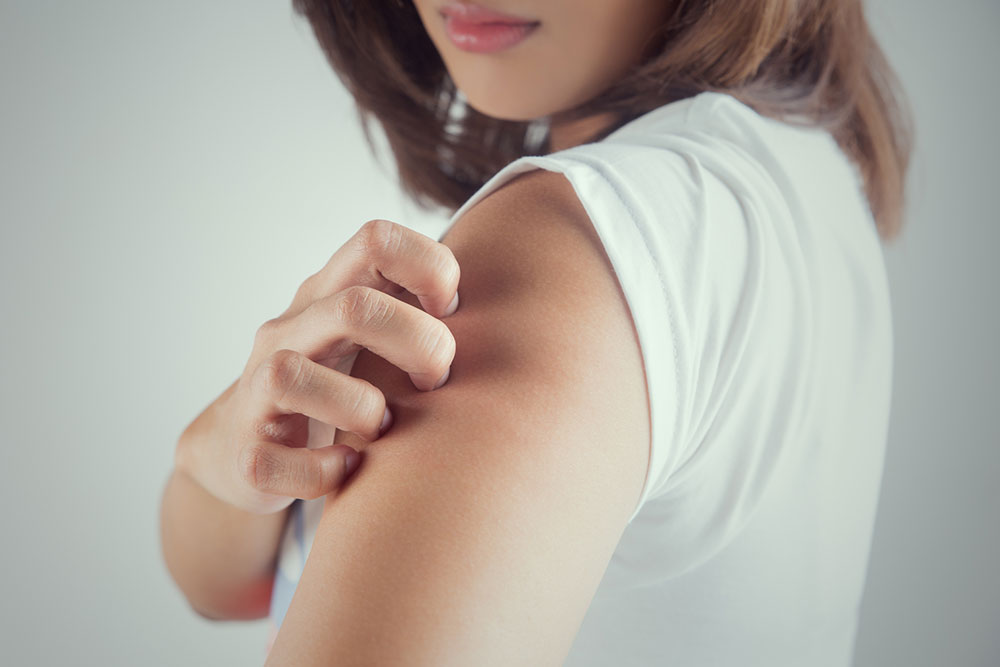
A Comprehensive Approach to Understanding and Managing Skin Rashes
Skin rashes are common dermatological issues characterized by alterations in skin color, texture, or appearance. These changes often manifest as bumps, redness, swelling, or irritation, and can be caused by a multitude of factors including allergens, infections, or underlying health conditions. Recognizing the specific type of rash is vital for appropriate treatment and can prevent complications. While many skin rashes respond well to home remedies and self-care, some require prompt consultation with a healthcare professional for effective management.
Flea Bites
This type of rash usually presents as clusters of itchy, red bumps primarily on the feet, ankles, and legs. The bites often appear as small, raised red spots surrounded by rings or halos, and symptoms tend to develop shortly after being bitten. It is important to identify flea bites early, especially in homes with pets, to prevent further infestations and skin irritation.
Fifth Disease (Erythema Infectiosum)
This viral infection commonly affects children and manifests as a bright red, round rash on the cheeks that gives a slapped face appearance. Alongside the rash, children may experience mild flu-like symptoms such as fever, sore throat, fatigue, and headache. A distinctive lacy or net-like rash may develop on the limbs, torso, and other parts of the body in the later stages.
Rosacea
A chronic, inflammatory skin condition primarily affecting adults, rosacea causes frequent flare-ups characterized by redness, visible blood vessels, red bumps, and heightened skin sensitivity. It mainly affects the central face, including the cheeks, nose, forehead, and chin. Triggers for rosacea flare-ups include hot beverages, spicy foods, alcohol, stress, and exposure to sunlight. Managing rosacea involves a combination of skincare, lifestyle adjustments, and medication prescribed by a dermatologist.
Impetigo
An infectious bacterial skin condition most common in children, impetigo is characterized by honey-colored crusted sores around the mouth, nose, and chin. These sores may sometimes rupture and form fluid-filled blisters that easily burst, spreading the infection. Proper hygiene, topical antibiotics, and keeping the affected area clean are essential for treatment.
Ringworm (Tinea Corporis)
This contagious fungal infection presents as circular, scaly rashes with raised, itchy borders. The central area often appears clearer or less inflamed, giving the characteristic ringed appearance. It commonly affects the skin of the arms, legs, neck, and body, and can be spread through direct contact or contaminated surfaces. Over-the-counter antifungal creams typically manage ringworm effectively, but persistent cases should be evaluated by a healthcare professional.
Contact Dermatitis
A hypersensitive skin reaction that occurs within hours or days after contact with an allergen or irritant, contact dermatitis manifests as red, scaly, and intensely itchy patches, often with well-defined borders. Common triggers include soaps, fragrances, metals, and certain plants. Avoidance of the triggering substance and topical corticosteroids are the main treatment strategies.
Allergic Eczema (Atopic Dermatitis)
This chronic, relapsing skin condition commonly appears on the hands, forearms, and other exposed areas, resembling burns or abrasions. Symptoms include redness, intense itching, blisters, crusting, and dry, flaky skin. Managing eczema involves moisturizing regularly, avoiding known irritants, and using prescribed topical therapies. Stress management and dietary considerations can also help reduce flare-ups.
Hand, Foot, and Mouth Disease
An viral infection predominantly affecting children under five years old, this disease presents with red spots or blisters on the palms, soles, and sometimes on the buttocks and genitals. Accompanying symptoms may include fever, sore throat, and irritability, often leading to discomfort and dehydration. Good hygiene practices are vital to prevent spread, and symptomatic treatment helps ease symptoms.
Diaper Rash
Common in infants and toddlers, diaper rash affects the skin around the diaper area, producing redness, irritation, and moistness. Causes include prolonged exposure to urine and stool, chafing, and yeast infections. Preventive measures include frequent diaper changes, gentle cleaning, and using barrier creams. Severe cases may require medical evaluation for secondary infections.
Psoriasis
This chronic autoimmune skin disorder is characterized by thick, silvery-scaled patches that often appear on the knees, elbows, scalp, and lower back. Psoriasis can cause discomfort, itching, and discomfort, and may sometimes lead to cracks and bleeding. Various treatment options exist ranging from topical therapies and phototherapy to systemic medications, depending on severity.
Chickenpox (Varicella)
An infectious viral disease marked by clusters of itchy, fluid-filled blisters, chickenpox is accompanied by fever, body aches, fatigue, and loss of appetite. The rash usually appears in waves, spreading over the body, and can leave scars if scratched. Vaccination is effective in prevention, and antiviral medications can reduce severity if diagnosed early.
Shingles (Herpes Zoster)
This painful, blistering rash results from reactivation of the chickenpox virus in nerve tissues. It often appears as a linear or band-like rash on one side of the torso, accompanied by burning pain, tingling, and sensitivity. Early antiviral treatment along with pain management can help reduce complications.
At-Home Skin Rash Care Tips
While many rashes can be managed at home, proper skin care is vital to promote healing and prevent worsening. Here are some effective tips:
Use gentle, fragrance-free cleansers that do not strip natural oils from the skin
Wash affected areas with lukewarm water to avoid further irritation
Pat the skin dry gently, avoiding rubbing and pressure
Allow the skin to breathe by wearing loose-fitting, breathable clothing
Apply fragrance-free, hypoallergenic moisturizers regularly to keep skin hydrated
Refrain from scratching the rash to prevent infection and scarring
Over-the-counter hydrocortisone cream or calamine lotion can help soothe itching and inflammation
Soothing oatmeal baths can provide relief from itchy skin due to eczema or psoriasis
In cases of dandruff accompanying skin rashes, medicated dandruff shampoos may be beneficial
Most skin rashes improve with proper home care, but persistent or worsening symptoms warrant medical attention. During healing, avoid makeup, harsh soaps, or aggressive scrubbing of affected skin to avoid prolonging recovery and causing further irritation.
